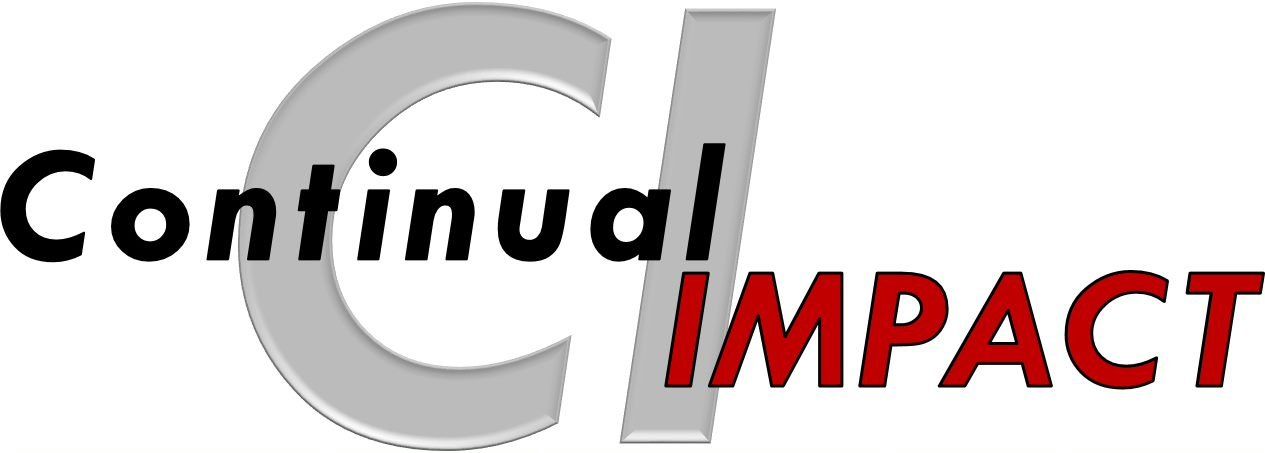A Standardized Work Success – 88% cycle time improvement
“I don’t need to improve our pre and post inspection processes. We are good. I’ve been doing this many years – I know what is done; I know what my employees are doing. I repeat, we’re good.” , the team manager. The boss thought differently. Team manager, “ Ok “, I’ll set a big stretch goal; I challenge you, to find 30% improvement “.
What did the team do? They found and created an 88% improvement in their processing times.
How can this be? The process WAS good and the team WAS functioning well! The team was working hard to meet their performance targets. What they were not doing was working consistently. Let’s learn from them – here are the 4 steps taken to create process consistency:
Step 1. Understood what was current happening by mapping out the current process. Sub-process maps were created with swim lanes per role, all tasks performed, systems, and templates, forms, and job aids used.
Step 2. Identified process wastes, errors, problems, and data to focus on solving priority problems and solutions or improvements that will eliminate the problems.
Step 3. Documented the new improved process in the form of standardized work instructions so that everyone performed consistently, everyone knew what one another was doing, with set expectations.
Step 4. The entire team gathered to install the standard work instructions. They were told about the process and standardized work, shown the instructions, practiced the instructions, and received real time tips, feedback, and coaching. In the days following, they convened for weekly team huddles to measure their performance, raise new issues and ideas, and learn and adjust together.
What kept this team together was the use of standardized work.
Standardized work is simply the documented, current, best known method for doing something that is for all work process members to follow. Standardized work is a knowledge-based system that identifies important steps of the process and knowledge (or key points) within the important steps.
Standardized work reduces variation between performers and elevates performance. It provides a baseline for further improvement, enables job sharing and flexibility, makes training more effective and efficient, uncovers issues and areas for improvement, and eliminates the need for everyone to figure it out themselves. Further, as improvement is accelerated in the organization, the creation of standardized work and its’ subsequent revisions “locks in” improvements so that the organization can quickly adopt a new process improvement and take advantage of the improvement benefits.
In order for it to be successful, standardized work needs to be considered as an integrated system that includes a) documentation of important steps and key points in the appropriate format, b) an information system to support the standardized work (makes it easy to find, use, understand and change), c) ownership and accountability by a process owner, d) comprehensive and effective training that teaches the standardized work and e) an ongoing process that audits the standardized work and uses it to uncover local process opportunities for improvement and implements solutions to further improve effectiveness and efficiency.
The benefits of standardized work by themselves often create a ~20% productivity increase. In the majority of cases that we have experienced, implementation of a standardized work system is accepted as foundational to a culture of improvement.
Importantly, standardized work can free up team member time for local improvements to work processes and addressing issues related to expediting and escalating. That is exactly what happened for the team. They were able to exceed inspection goals, take on more work. What a morale and productivity boost! Congratulations to the team and thanks for helping us learn from you.

